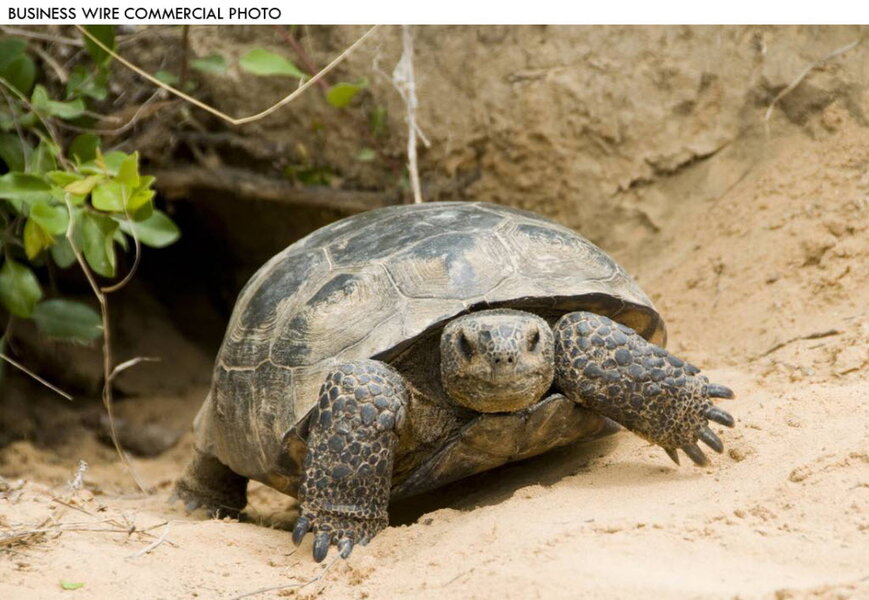Please learn the difference between tortoises and sea turtles, say Florida wildlife officials
Loading...
Well-meaning animal lovers in Florida have been mistaking gopher tortoises for their aquatic counterpart, the sea turtle, and helping them into the ocean, where they quickly drown.
Following several drowning incidences in March, Florida's Fish and Wildlife Conservation Commission has warned residents of the area that Gopher tortoises will die when submerged in water, particularly when in ocean water or when they are hatchlings.
In a press release, the FWC asked the public to learn the difference between tortoises, which are usually land animals that uses its strong forelimbs to dig burrows, and sea turtles, which are primarily marine creatures that with feet adapted to swimming.
“Gopher tortoises have toes, with claws on each toe, while Sea turtles have flippers with only one or two claws present on each foreflipper. Proper identification can be achieved without handling the animals,” the FWC noted.
Further, the gopher tortoise is 9 to 11 inches in length and makes its home in dry sandy dunes. Fully grown sea turtles are typically much larger, as big as six feet, and live in the ocean.
It is the gopher tortoise's proximity to the water, in dunes that line Florida beaches, that has confused many into thinking that the animal is a beached turtle that needs to get back to the water to survive, according to wildlife officials.
All five species of sea turtles in Florida are protected by the Endangered Species Act, and the Gopher tortoise is protected by state law. In fact, Florida has a Gopher Tortoise Management Plan in place since 2007, when the reptile was first classified as threatened, in an attempt to combat the population’s steady decline. When the plan was updated in 2012, incentives were added to ensure the tortoises were relocated properly.
Tortoises and sea turtles are both reptiles in the superorder chelonia, a category that also includes terrapins. In the United States, the word 'turtle' is used as a catch-all for all species of chelonians.






